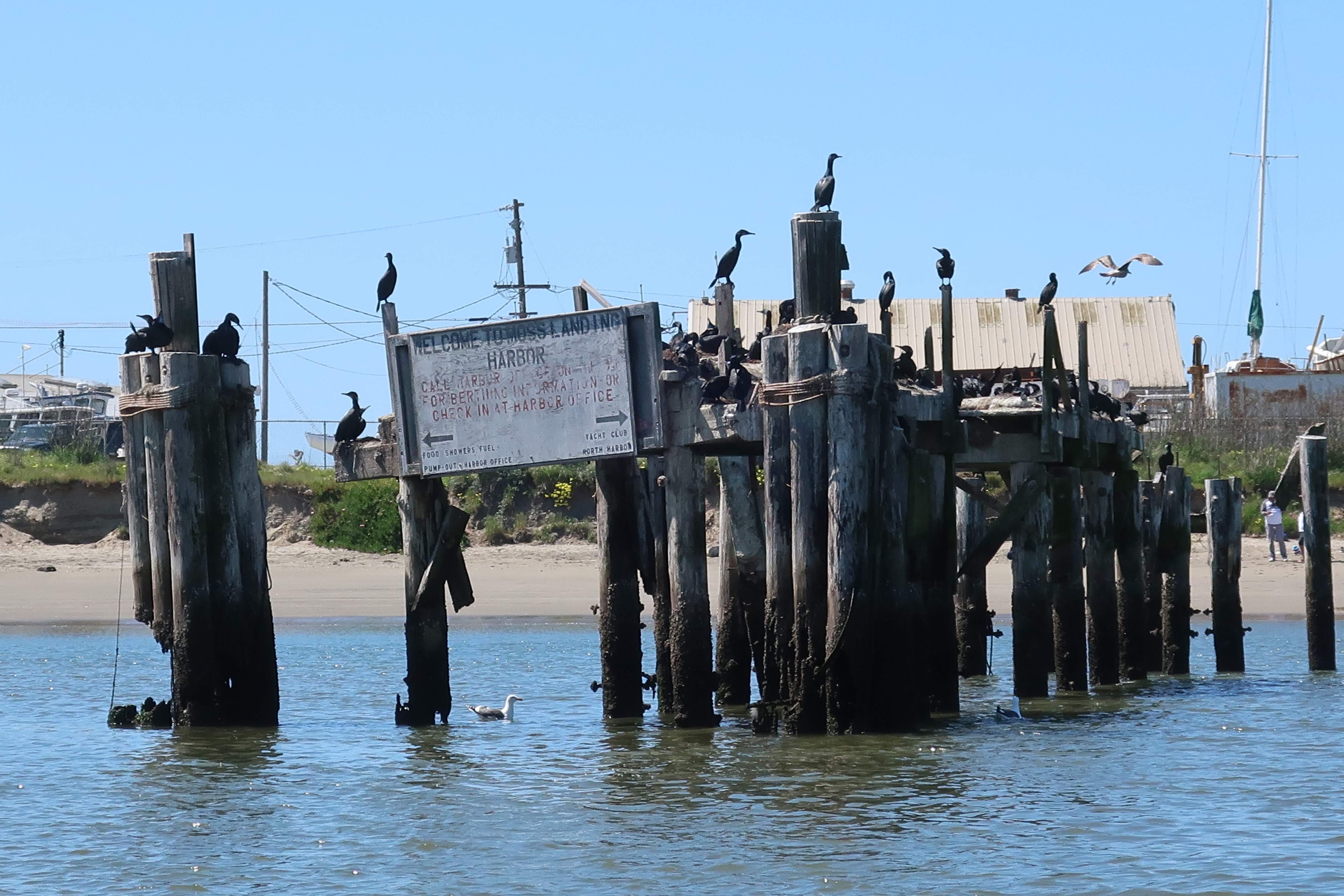West Coast Fisheries Infrastructure Waxes and Wanes: Part 1
Shoreside fisheries support decreases following limited fishing seasons
 Editor’s note: This is the first of a three-part series on the struggles facing shoreside infrastructure that supports West Coast fisheries, submitted by Pacific Fishery Management Council Executive Director Merrick Burden. Parts 2 and 3 will be published later this week.
Editor’s note: This is the first of a three-part series on the struggles facing shoreside infrastructure that supports West Coast fisheries, submitted by Pacific Fishery Management Council Executive Director Merrick Burden. Parts 2 and 3 will be published later this week.
Stand on a dock in any West Coast fishing town and you will see similar things: worn wood, rusty fittings, and waterlogged docks. For the general public, these are just some of the more obvious signs of an underlying problem that is making fishing off the West Coast exceptionally difficult: The decay and loss of shoreside infrastructure.
Infrastructure is everything that supports a healthy fishery, from start to finish. It means docks that need to be maintained in the harsh elements; harbors that need to be regularly dredged; fuel docks to keep vessels moving; bait suppliers; and support businesses to sell and store the gear that a fishing boat needs. It means ice to chill the fish; a dock and hoist to land them; a buyer to buy them; a processor to filet and package them; cold storage; and a distribution network and reliable markets, here and abroad, where the final product can be sold. Throughout it all, infrastructure includes reliable, knowledgeable crew, a boatyard for routine maintenance, and repair services for when things go wrong.
The past few years have been rough for West Coast fisheries.
To Read Full Story Login Below.